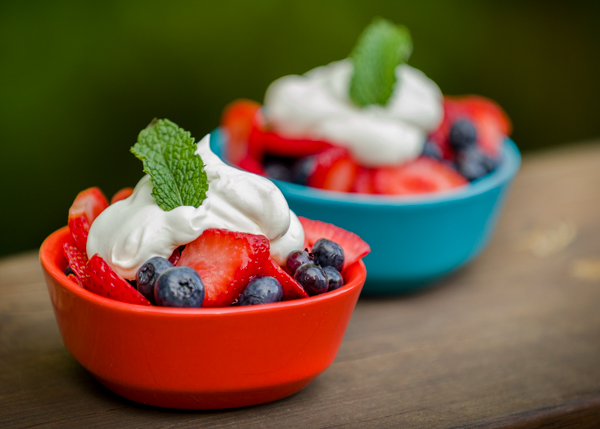What Are Natural Sugars and How Do They Impact Diabetes?
If you have diabetes, you probably have been told that drinking soda or eating sweets will raise blood glucose (blood sugar) levels, but what about naturally sweet food like fruit? Many people living with diabetes may be confused about the role different types of sugars that aren’t added to foods play in their blood sugar management. Food can contain sugar that is naturally occurring or added.











